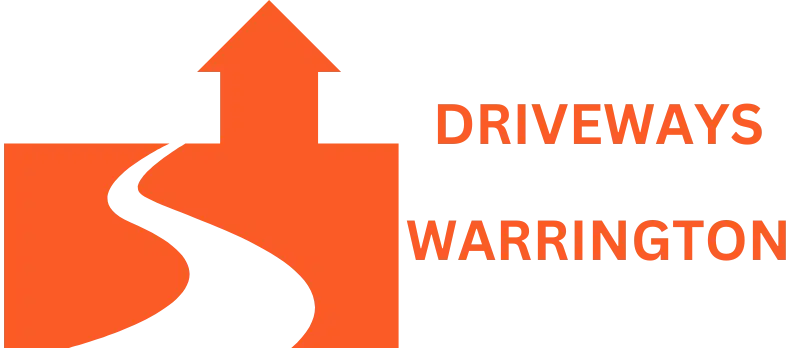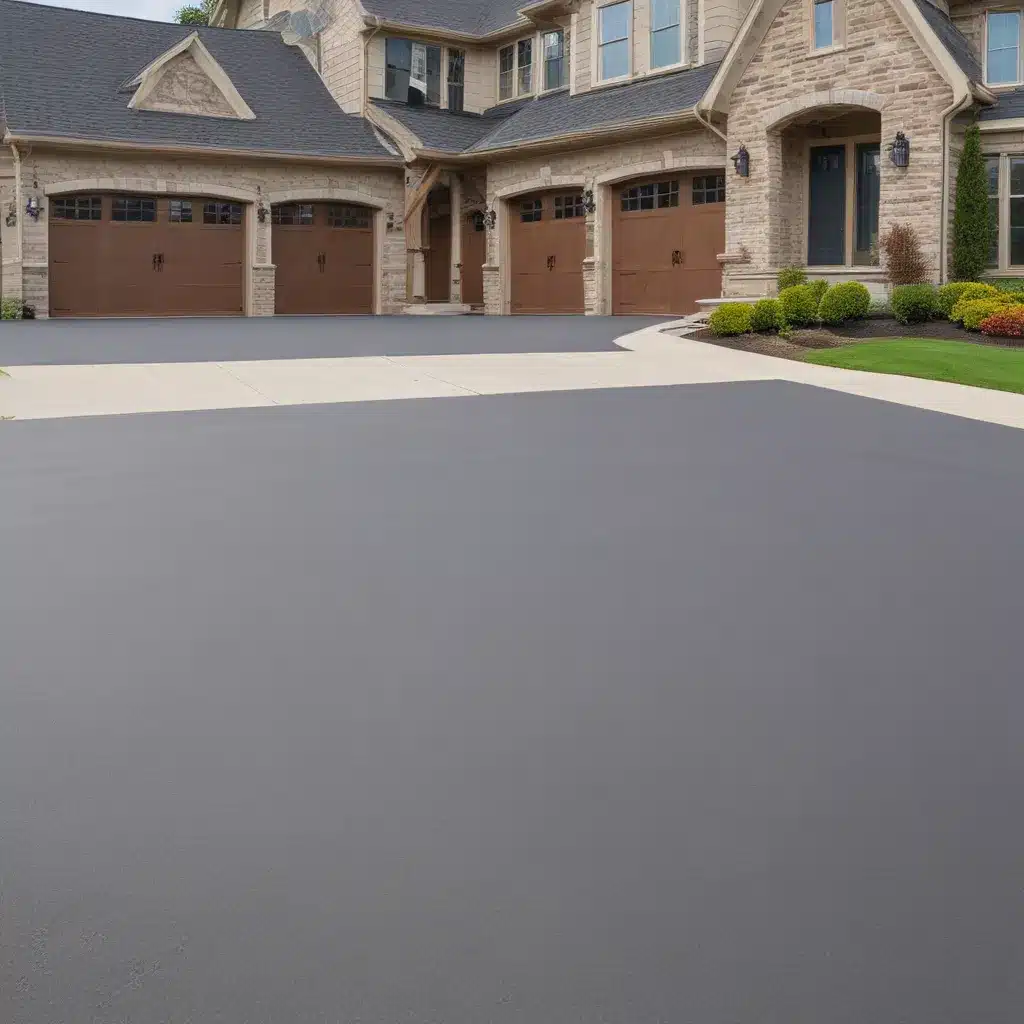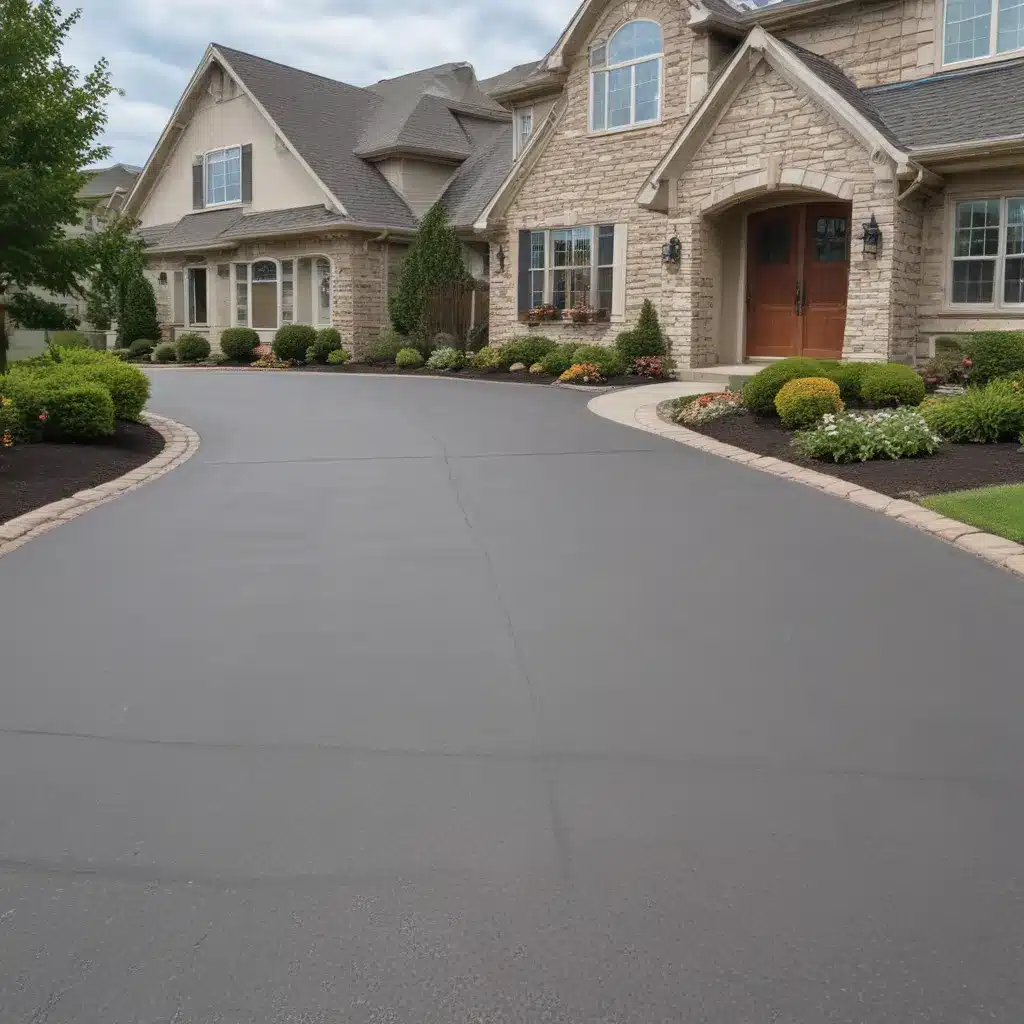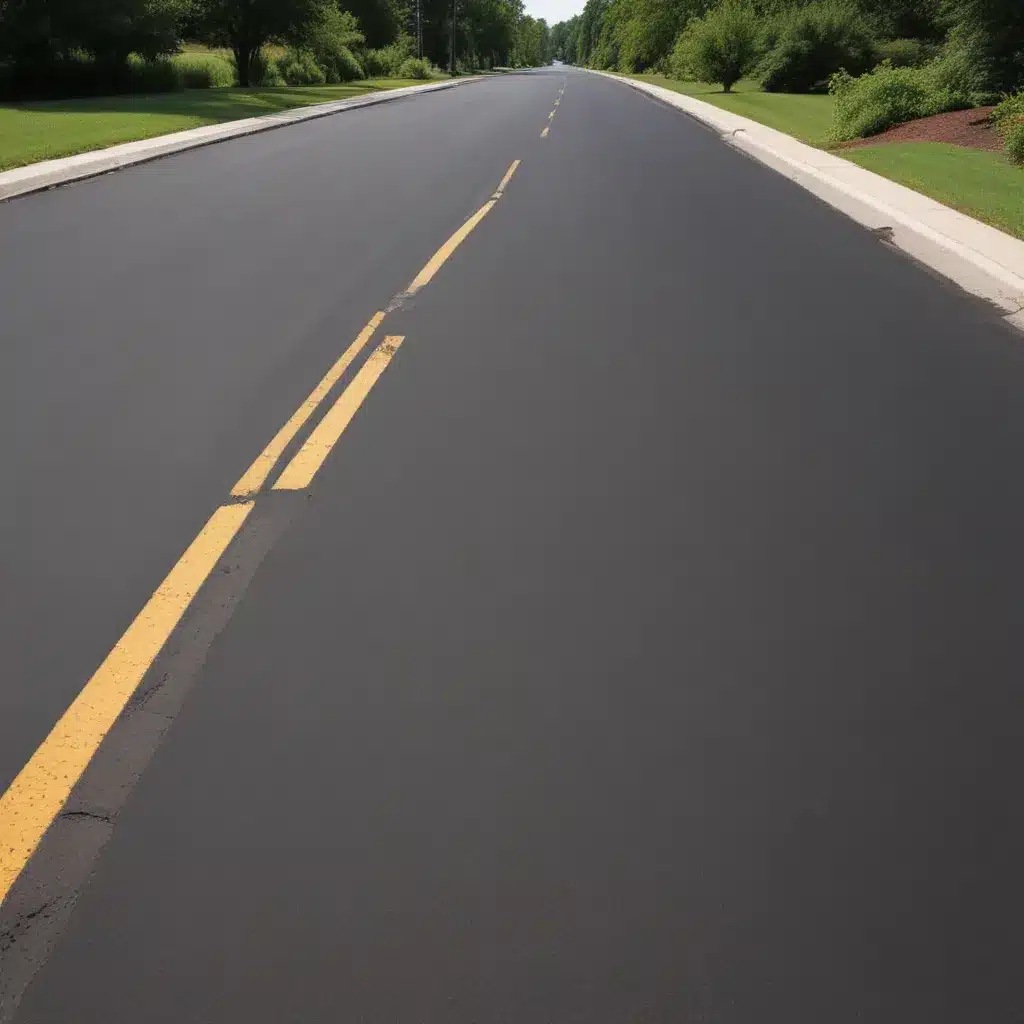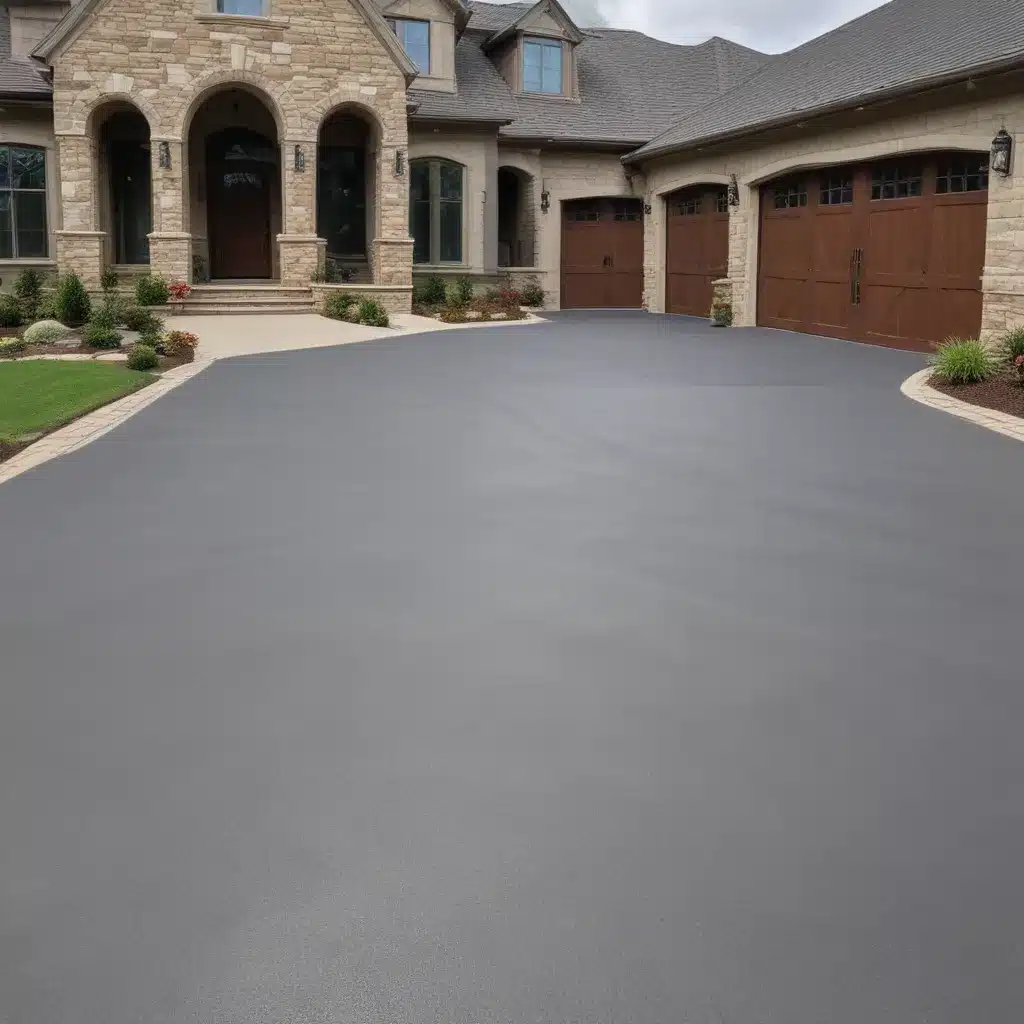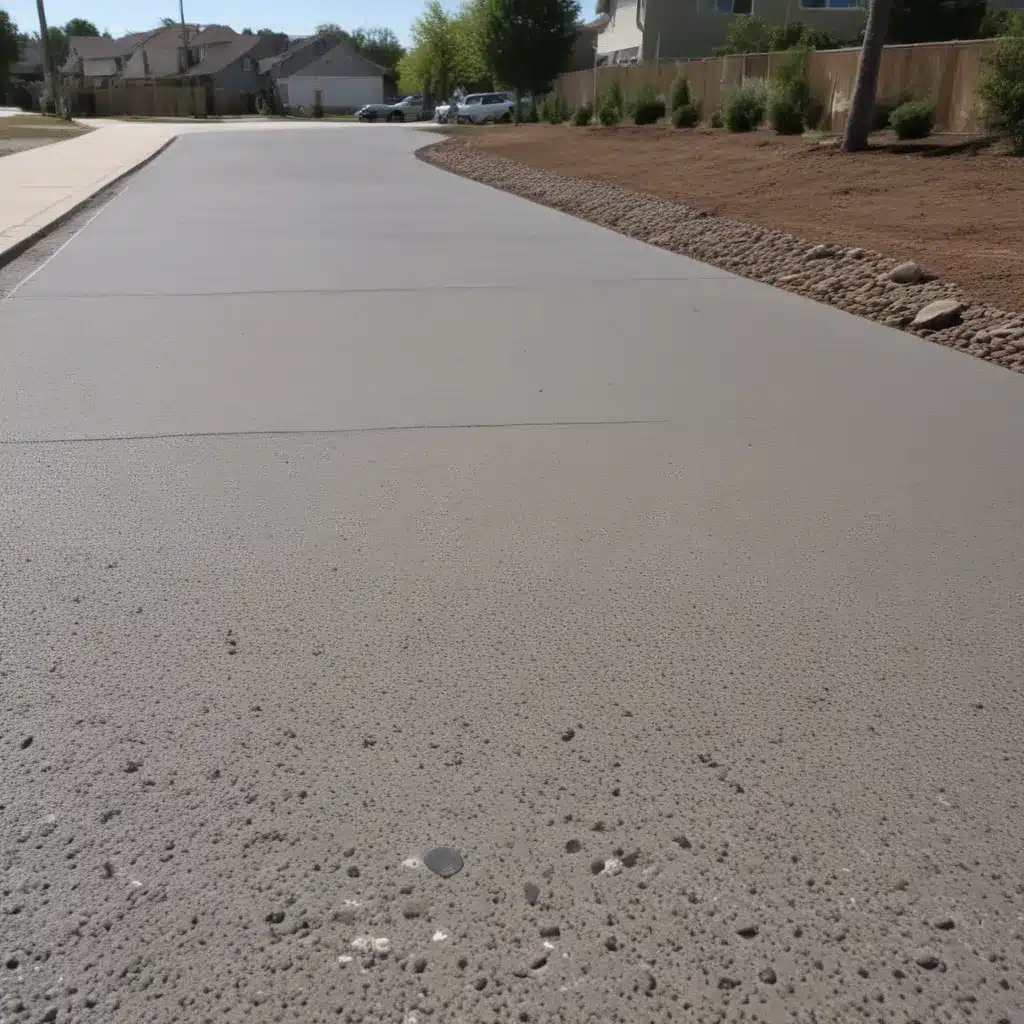Unveiling the Driveway Dilemma: Navigating the Width Conundrum
As a homeowner, the width of your driveway might not be the first thing that springs to mind when contemplating home improvements. However, the dimensions of this often-overlooked feature can have a significant impact on the functionality, aesthetics, and even the resale value of your property. Believe me, I’ve seen my fair share of driveway debacles over the years, from the claustrophobic squeeze to the veritable parking lot. That’s why I’m here to share my expertise and guide you through the process of finding the perfect driveway width – one that strikes the delicate balance between practicality and curb appeal.
Understanding the Importance of Driveway Width
Let’s start by addressing the elephant in the room (or, more accurately, the truck in the driveway). The width of your driveway isn’t just a matter of aesthetics; it’s a crucial factor in determining the ease and safety of maneuvering vehicles in and out of your property. Imagine trying to navigate a narrow driveway with your oversized SUV or, worse yet, attempting to back in a trailer for your boat or camper. It’s a recipe for frustration, dented fenders, and potentially even damage to your home’s exterior.
But the implications of driveway width go beyond mere convenience. The dimensions of your driveway can also influence the overall appearance and value of your property. A spacious, well-proportioned driveway can enhance the curb appeal of your home, making a lasting impression on potential buyers or just the neighbors who happen to be nosy (we all have one or two of those, don’t we?). Conversely, a cramped, ill-fitting driveway can detract from the visual appeal and, in some cases, even reduce the perceived value of your home.
Determining the Ideal Driveway Width
Now that we’ve established the importance of driveway width, the burning question becomes: how wide should your driveway be? Unfortunately, there’s no one-size-fits-all answer, as the optimal width can vary depending on a number of factors. Let’s dive in and explore the key considerations:
Vehicle Size and Type
The size and type of vehicles you typically park in your driveway should be the primary driver (pun intended) of your driveway width. If you’re the proud owner of a compact sedan, a narrower driveway might suffice. However, if your garage is home to an oversized pickup truck, a large SUV, or even a recreational vehicle, you’ll need to allocate more space to accommodate these larger vehicles.
As a general rule of thumb, you’ll want to allow for at least 9 feet of width per vehicle. This gives you enough room to open doors, access the trunk or tailgate, and maneuver in and out of your driveway with ease. For wider vehicles or those with trailers, you may want to consider a driveway width of 12 feet or more.
| Vehicle Type | Recommended Driveway Width |
|---|---|
| Compact Sedan | 9-10 feet |
| Midsize Sedan | 10-11 feet |
| Full-size SUV/Truck | 11-12 feet |
| Recreational Vehicle (RV) | 12-16 feet |
Number of Vehicles
Another crucial factor in determining your driveway width is the number of vehicles you need to accommodate. If you’ve got a multi-car household, you’ll want to ensure your driveway has ample space to park all your rides without turning your front yard into a used car lot.
As a rule of thumb, you’ll want to add an additional 9-12 feet of width for each additional vehicle you plan to park in your driveway. So, for a two-car household, a driveway width of 18-24 feet would be a good starting point. And if you’ve got a larger family with three or more vehicles, you may want to consider a driveway width of 27 feet or more.
Entrance and Exit Considerations
The width of your driveway can also be influenced by the way you enter and exit your property. If you have a single-lane driveway with a tight turn, you’ll need to account for the extra space required to maneuver your vehicle in and out safely. Conversely, a driveway with a more gradual curve or a wider entrance can accommodate a narrower overall width.
It’s also worth considering the layout of your street and the flow of traffic. If you live on a busy road with limited visibility, a wider driveway can provide more room for vehicles to pull in and out without disrupting the flow of traffic or posing a safety hazard to pedestrians and other drivers.
Zoning and Regulations
Before you start measuring and sketching out your dream driveway, it’s important to check with your local zoning and building authorities. Many municipalities have specific regulations regarding the maximum and minimum widths allowed for driveways, as well as requirements for setbacks from property lines and other structures.
Failing to adhere to these regulations could result in costly fines or even the need to rip up and rebuild your driveway. So, be sure to do your due diligence and familiarize yourself with the guidelines in your area before you start any driveway project.
Balancing Aesthetics and Functionality
Now that we’ve covered the practical considerations of driveway width, let’s talk about the aesthetics. After all, your driveway is the first thing visitors (and potential buyers) see when they approach your home, so you’ll want it to make a good impression.
A well-proportioned driveway can enhance the curb appeal of your property, complementing the architectural style and landscaping. Conversely, a driveway that’s too wide or too narrow can throw off the visual balance and detract from the overall aesthetic.
One trick I’ve learned over the years is to consider the width of your home’s facade when determining the ideal driveway size. As a general rule, your driveway should be no wider than two-thirds the width of your home’s front elevation. This helps to create a harmonious, well-balanced look that draws the eye and leaves a lasting positive impression.
Of course, there’s more to the aesthetics of a driveway than just its width. The material, texture, and color you choose can also have a significant impact on the overall look and feel of your property. Whether you opt for classic concrete, sleek pavers, or even a gravel or crushed stone finish, be sure to select a driveway material that complements the architectural style and landscaping of your home.
Navigating Unique Driveway Challenges
As with any home improvement project, there’s no one-size-fits-all solution when it comes to driveway width. In fact, you may encounter a few unique challenges that require a bit of creative problem-solving.
Take, for example, the case of the sloped driveway. If your property is situated on a hill or incline, you’ll need to factor in the additional space required to safely navigate the incline, especially when backing out. In these situations, you may want to consider a wider driveway to provide more maneuverability and a gentler slope for easier access.
Another tricky scenario is the narrow lot. If your property has a small frontage, you may be limited in the amount of driveway width you can accommodate. In this case, you may need to get a bit more creative, such as opting for a single-lane driveway with a pull-in/pull-out design or even exploring alternative parking solutions like a detached garage or carport.
And let’s not forget about the ever-present challenge of landscaping. If you’re working with a well-established garden or mature trees, you may need to strike a delicate balance between preserving your greenery and ensuring your driveway is wide enough to meet your needs. In these cases, a custom, tapered driveway design or the strategic placement of plantings can help you achieve the perfect compromise.
Putting It All Together: Choosing the Right Driveway Width
Phew, that was a lot of information to digest, but I hope it’s given you a better understanding of the factors that go into determining the perfect driveway width. Remember, there’s no one-size-fits-all solution, and the optimal width for your home will depend on a variety of considerations, from vehicle size and quantity to local regulations and aesthetic preferences.
As you embark on your driveway project, I encourage you to take the time to carefully evaluate your needs, do your research, and consult with local experts (like the team at Driveways Warrington). With a little planning and a dash of creativity, you can find the ideal driveway width that not only meets your practical requirements but also enhances the overall curb appeal and value of your property.
And who knows, maybe you’ll even find a way to squeeze in a few extra parking spots for those nosy neighbors. After all, a well-designed driveway is the ultimate power move in the game of suburban one-upmanship, am I right?
